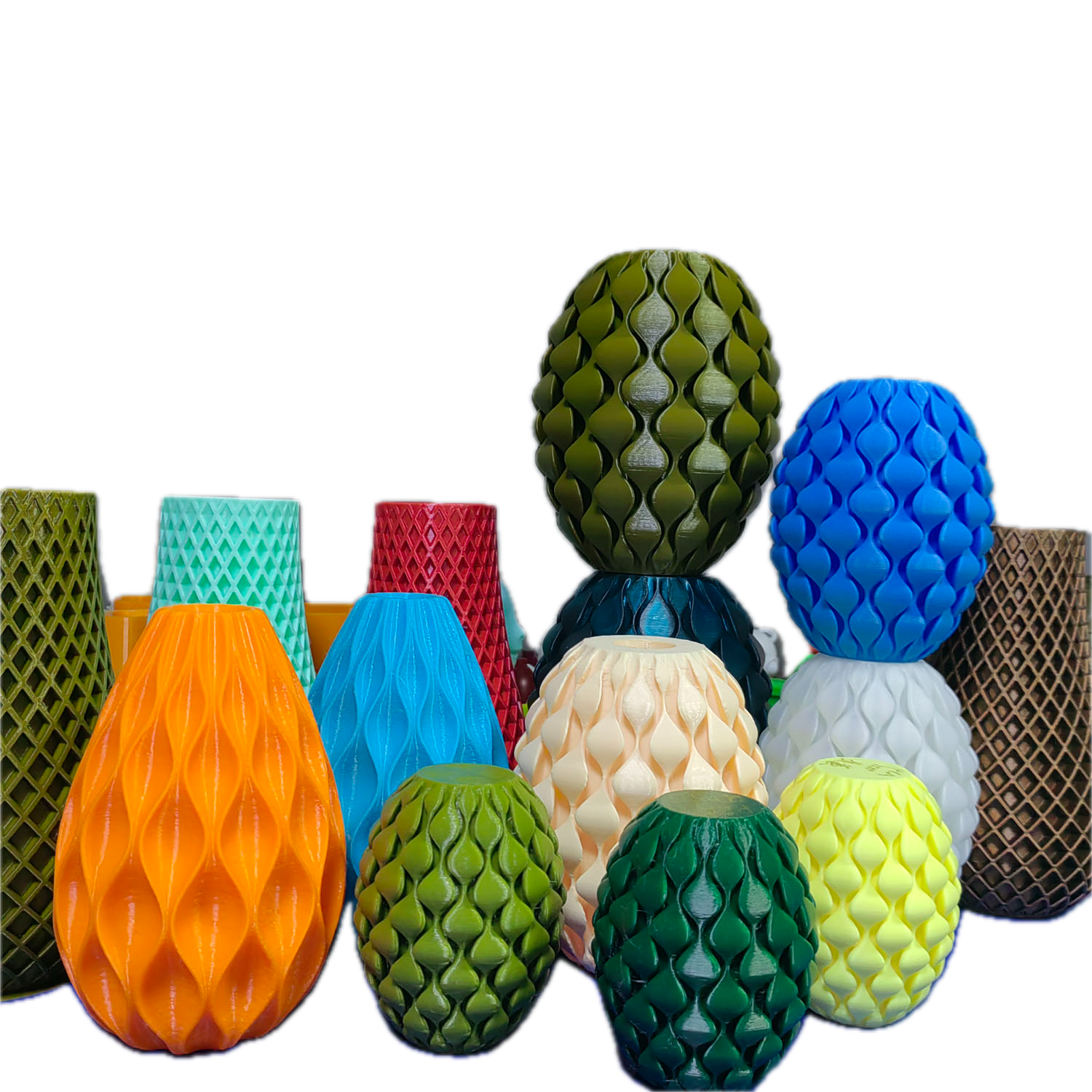
Is PLA Food Safe? A Guide for Aussie Makers
Share
Is PLA Food Safe? A Guide for Aussie Makers
3D printing has taken off across Australia, with hobbyists and professionals alike using their machines to create everything from tools to toys—and increasingly, items for the kitchen. If you’ve ever thought about printing your own cookie cutters, drinkware, or storage containers, you’ve probably wondered: Is PLA food safe?
Let’s take a closer look at what “food safe” actually means, how PLA stacks up, and what Australian makers should know before using 3D printed items with food.
What Does “Food Safe” Actually Mean?
In Australia, a material is considered food safe if it does not pose a health risk when it comes into contact with food. This includes avoiding:
- Leaching of harmful chemicals,
- Absorption of bacteria,
- Surface contamination from non-food-safe equipment or materials.
It's not just about the type of material—the printing process, cleanliness of your equipment, and even the post-processing method can all affect whether a 3D printed item is truly food safe.
PLA Filament: The Basics
PLA filament, or polylactic acid, is one of the most popular types of 3D printing filament around. It’s derived from renewable resources like corn starch and sugarcane, making it one of the more eco-friendly options available. It prints at relatively low temperatures, emits minimal odour, and is generally easy to work with—perfect for beginners and seasoned makers alike.
But is PLA filament safe for food contact?
Is PLA Filament Food Safe?
The short answer: it can be, but there are important conditions.
Some manufacturers offer PLA that is certified food safe, but this does not guarantee that your final print is safe to use with food. Here’s why:
1. Microscopic Grooves
Even if your PLA is food-grade, the layer lines produced during printing can trap food particles and bacteria. These tiny grooves are hard to clean properly, making contamination a real concern over time.
2. Nozzle Contamination
Most 3D printer filament is extruded through brass nozzles, which often contain lead. If you're planning to print food-safe objects, you’ll need to switch to a stainless steel nozzle to avoid contamination.
3. Additives in PLA
Some PLA brands include dyes, plasticisers, or performance-enhancing additives that may not be food safe. Always check the datasheet or manufacturer’s specs if you’re unsure.
Comparing PLA with PETG and Other Filaments
If PLA raises questions, what about other popular 3D printing filament types?
PETG Filament
PETG (Polyethylene Terephthalate Glycol) is often recommended for food-safe applications. It’s more durable and chemical-resistant than PLA, and many PETG filament products are certified food safe. Like PLA, it still requires clean hardware and proper printing practices to be truly safe.
ABS and Nylon
ABS is generally not recommended for food contact due to the chemicals it may release. Nylon is porous and can easily harbour bacteria, so it’s not ideal either—unless specially treated or coated.
How to Improve Food Safety with PLA
If you're committed to using PLA filament for a food-contact item, here are a few key tips to make it as safe as possible:
-
Use Food-Safe PLA
Look for certified food-grade PLA and check documentation from the manufacturer. -
Use a Stainless Steel Nozzle
Swap out your standard brass nozzle to avoid heavy metal contamination. -
Post-Process Your Print
Apply a food-safe epoxy coating to smooth surfaces and seal gaps. -
Clean Your Printer
Deep clean your hotend or use a dedicated printer for food-safe jobs.
Best Uses for PLA in the Kitchen
PLA is biodegradable and non-toxic, which makes it attractive for certain kitchen uses—as long as there’s no direct or prolonged contact with food or heat.
Some good uses include:
- Cookie cutters (short-term use)
- Custom jars or spice organisers
- Reusable bag clips or measuring scoops
- Food-safe prototypes (to later be cast or coated)
Avoid using PLA for:
- Drinking vessels
- Utensils for hot foods
- Containers that hold liquids long-term
Filament Safety in Australia: What to Watch For
Australian regulations don’t currently have a central standard for food-safe 3D printed items, so it's up to makers to follow best practices. Look for filaments sold locally that clearly state their certifications or safety standards, and reach out to the manufacturer or distributor if in doubt.
If you're running a small 3D printing business or selling items at markets, be extra cautious—selling food-contact items without proper testing and certification could expose you to liability.
Final Verdict: Is PLA Filament Food Safe?
PLA filament can be food safe, but only with the right precautions. The material itself might be non-toxic, but the printing process introduces many variables that can make the final item unsafe for food contact.
For Aussie makers who want to explore food-safe 3D printing, PETG filament may offer a more reliable alternative. However, if you're using PLA, make sure to print cleanly, use the right hardware, and finish your print with a suitable coating if needed.
When in doubt, stick to decorative or non-contact kitchen items—or use your prints as moulds to cast with certified food-safe materials.
Looking for Safe, High-Quality Filament?
At Zextrude, we supply reliable 3D printer filament across Australia, including high-grade PLA filament, PETG filament, and more. Whether you’re printing for the kitchen, classroom or workshop, we’ve got the right filament for your project.

